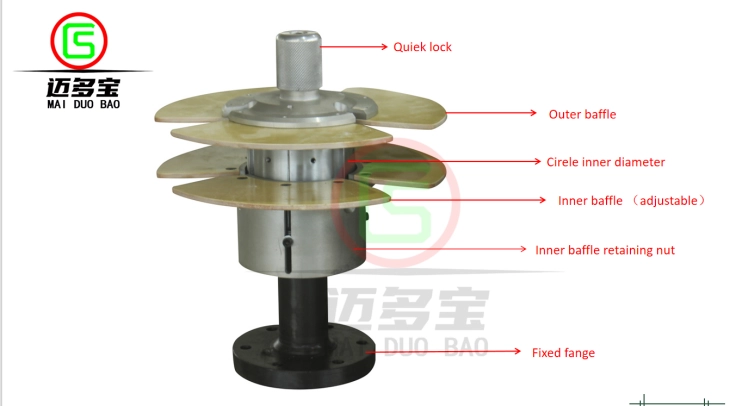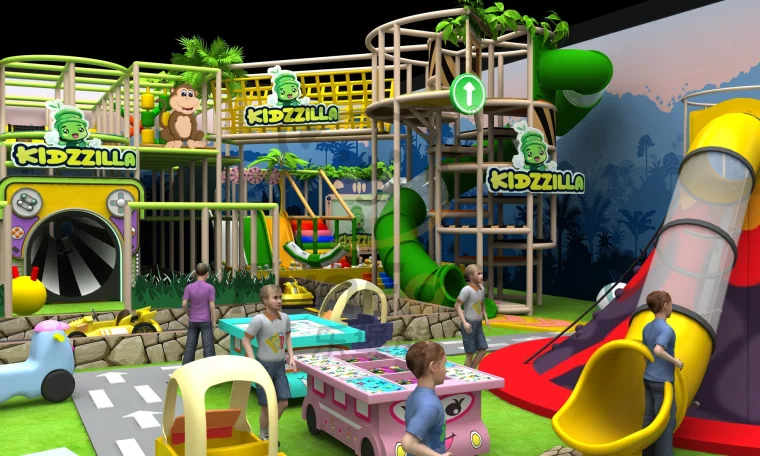Transportation plays a pivotal role in modern society, enabling the movement of people, goods, and services across vast distances. However, it is crucial to acknowledge that this convenience comes at a cost. In this forum post, we will delve into the negative effects of transport, exploring various dimensions and shedding light on the implications for the environment, public health, and urban development.
- Environmental Degradation:
Transportation, particularly the reliance on fossil fuels, significantly contributes to environmental degradation. The combustion of gasoline and diesel fuels releases greenhouse gases, such as carbon dioxide and nitrogen oxides, into the atmosphere. These emissions are major contributors to climate change, leading to rising global temperatures, extreme weather events, and the melting of polar ice caps. Additionally, transport infrastructure, such as roads and airports, often requires deforestation and land conversion, further exacerbating habitat loss and biodiversity decline. - Air Pollution and Public Health:
The emissions from vehicles also contribute to air pollution, which poses severe health risks. Fine particulate matter (PM2.5) and nitrogen dioxide (NO2) emitted by transportation can penetrate deep into the respiratory system, causing respiratory diseases, cardiovascular problems, and even premature death. Moreover, the proximity of roads and highways to residential areas exposes communities to higher levels of noise pollution, leading to stress, sleep disturbances, and impaired cognitive function. - Traffic Congestion and Economic Implications:
As transportation networks become increasingly congested, traffic congestion has become a pervasive issue in urban areas. The negative consequences of traffic congestion extend beyond mere inconvenience. It leads to wasted time and productivity, increased fuel consumption, and higher greenhouse gas emissions. Moreover, traffic congestion hampers the efficiency of supply chains, impacting the economy by increasing transportation costs and hindering the timely delivery of goods and services. - Urban Sprawl and Land Use:
The expansion of transportation infrastructure often drives urban sprawl, characterized by the spread of low-density, car-dependent developments. This phenomenon leads to the fragmentation of natural habitats, loss of agricultural land, and increased energy consumption for heating, cooling, and transportation. Urban sprawl also contributes to social isolation, as communities become more dispersed, and public spaces diminish, resulting in reduced social interaction and a decline in overall community well-being.
Conclusion:
While transportation undoubtedly facilitates societal progress, it is essential to recognize and address its negative effects. By understanding the environmental, public health, and urban development implications, we can work towards sustainable transportation solutions. This may include promoting the use of alternative fuels, investing in public transportation systems, implementing urban planning strategies that prioritize walkability and cycling, and encouraging telecommuting and flexible work arrangements. Only through collective efforts can we mitigate the negative impacts of transport and create a more sustainable future.






